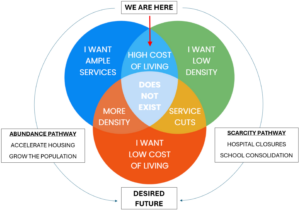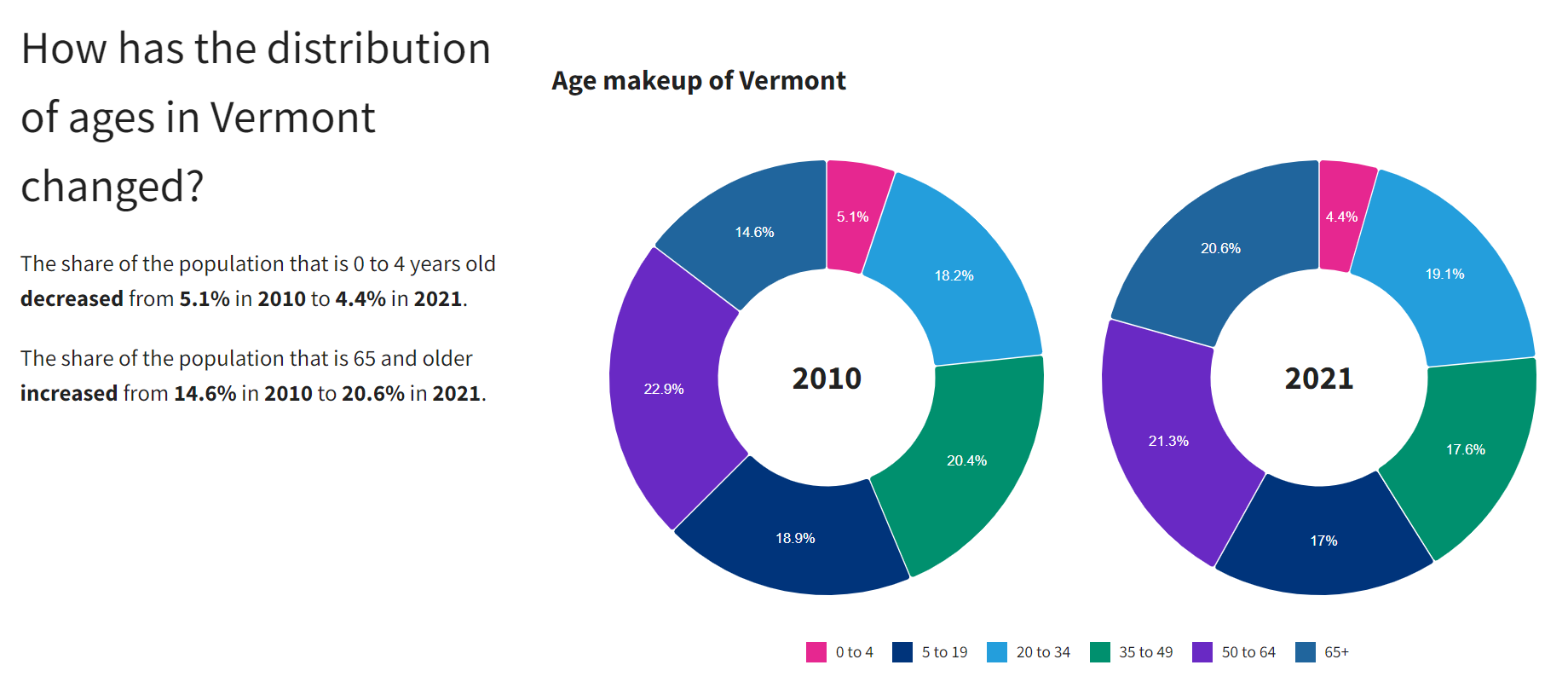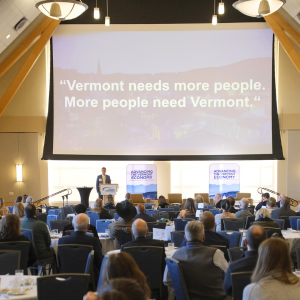
Four Key Population Trends Shaping the Vermont Economy – Part 1: Age Composition
A common economic saying predicts that “our destiny lies in our population trends.” Vermont’s population challenges have become apparent to anyone waiting for restaurant seating or for an appointment with an electrician. Some of this trend is due to early retirement by an older workforce, while other factors are also playing a role in the Vermont economy. The pandemic certainly showed us how population changes can influence the economy around us.
The prime working-age population (20-64 years old) drives most economic activity due to their impact on employment and spending. Vermont is in an era of low population growth and an aging demographic resulting in economic headwinds that will challenge growth and affordability for years to come.
In this four-part series, we will explore the Vermont population changes that impact four key aspects of the economy:
- Age composition
- Workforce participation
- Age dependency ratio
- Consumption
This article looks deeper into how age composition impacts the everyday economic life of Vermonters.
Part 1: An aging population acts like gravity to reduce economic growth
Population experts use the term “age composition” to discuss the proportionate number of people in each age category of a population. Economic growth is highly influenced by age composition and workforce participation. When population growth stagnates or declines, workforce participation tends to stall. The 2020 census shows that Vermont’s population grew by only 2.8% in the past decade. Total US population grew by 7.4% over the same period. Several towns in Vermont, such as Poultney, show 12% fewer people than in 2010.
Vermont County Population Changes from 2010 to 2020 – Source: 2020 US Census
| Grew >1% | Virtually Unchanged | Shrunk > 1% |
Addison Chittenden Franklin Grand Isle Lamoille Orange Windham Windsor | Bennington Orleans Washington | Caledonia Essex Rutland |
More importantly, the over 65 population grew from 14.6% in 2010 to 20.6% in 2020 and is projected to grow to about 27% of the population by 2030. The over 65 group is the fastest growing population with a 10-year 40.5% growth rate. Compare this to the 35 to 49 year old population that dropped by 15.2% over the last decade.

The Vermont economy is primarily driven by the working age population between 20 and 64 years old that tends to participate in the workforce and contribute to the consumption of goods and services. The percent of younger Vermonters has dropped and is projected to continue to drop in the next 10 years such that there will be more people over 65 than under 20 by 2030.
This data shows that Vermonters are starting to see the effect of the linkage between population stagnation, age composition, and economic performance. When the working age population shrinks, economists also predict slow SDP growth. A 2016 RAND study indicated that a 10% increase in the fraction of the population ages 60 plus decreases the growth rate of GDP per capita by 5.5%. The National Bureau of Economic Research report came to similar conclusions. Slow population growth and a larger older composition drags down the workforce to act like gravity pulling down on total economic activity.
This four-part series will explore the links between Vermont population change and the economy. In part two, we will dig into the idea of workforce participation and the role it plays in our daily lives. Some of you may have experienced some of this when you discover that your favorite restaurant has limited seating due to staffing limitations.
MORE NEWS
JOIN THE MOVEMENT
Whether you’re a large or small business, an industry or a regional leader, you can help build the Vermont of the future. Sign up below to receive news and updates.



